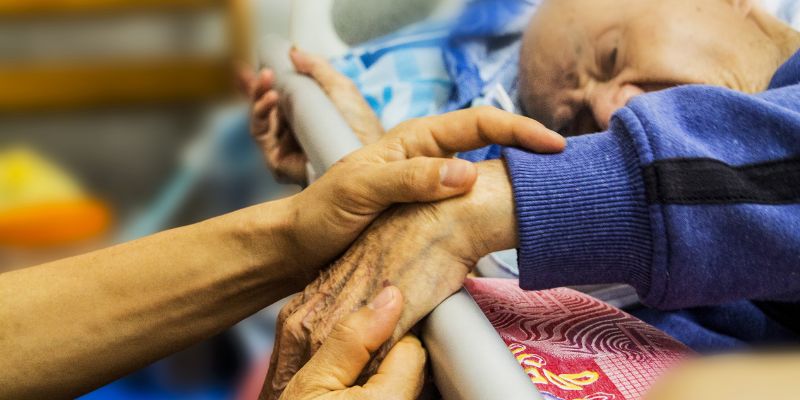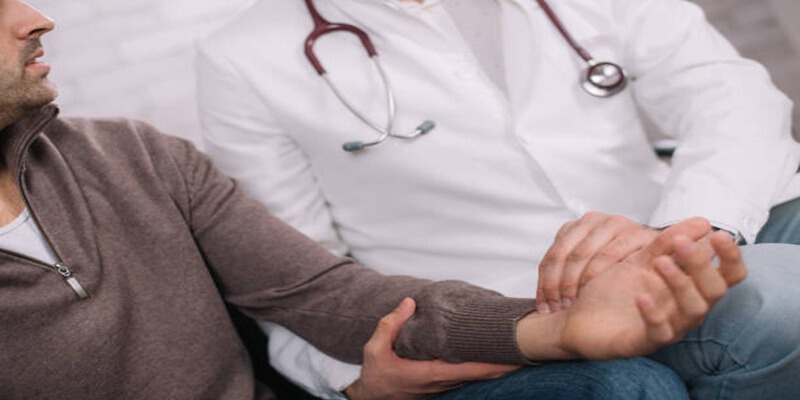
Exciting transformations occur in a pregnant woman's physique. Your little one, too, undergoes a quick series of changes as it develops from a clump of cells into the precious human being you will soon get to hold.
Pregnancies typically continue for 40 weeks, although it is not uncommon for women to give birth up to two weeks early or late from their due date. There are three groups of weeks called trimesters. Learn about the three developmental phases of your baby, pregnancy symptoms week by week, and how they affect you. Each is associated with its unique collection of pregnancy symptoms and developmental milestones.
These are three trimesters. However, the exact time is flexible:
- First trimester:
Weeks 1-12
- Second trimester:
Weeks 13-28
- Third trimester:
Weeks 29-40.
First Trimester

The first trimester of pregnancy is from the first day of your last menstruation to week 12—when sperm fertilizes your egg. Since natural conception is frequently unknown, you won't know the date.
The Embryo
Average fetal growth requires a healthy first trimester. There may not be much visible, but the fetus' primary organs and systems are growing within. Many things happen when the embryo implants into the uterine wall, including these:
- A sac of amniotic fluid surrounds the fetus during pregnancy.
- The flat cake-shaped placenta only expands during pregnancy.
- The ropelike umbilical cord connects the fetus to the placenta.
The Expectant Mother
The first three months of pregnancy are also a time of great transformation for the expecting mother. Many changes occur in the body, like changes in hormone levels. Symptoms may appear as early as the first few weeks of pregnancy due to these changes. But if a woman has a disturbed menstruation cycle, she confuses it with late periods. However, If your menstruation suddenly stops, you're almost certainly pregnant. Additionally, pregnancy symptoms week 3 may include:
- Fatigue
- Irritated, swollen busts
- Emotional swings
- A desire for certain meals
- Headaches
- Indigestion
- Increased frequency of urination
- Shifts in body mass
- Constipation
- Morning sickness
- Nausea and vomiting in the early hours of the day
As your pregnancy advances, you should feel less of these symptoms. You won't feel any of these at all. Pregnancies and trimesters are both unique. Your second pregnancy trimester may be very different from the first.
Second Trimester
The second trimester of pregnancy is often more comfortable for most women. However, educating yourself about pregnancy at this time is equally crucial.
Nausea and exhaustion, for example, may begin to fade. But now you're experiencing other, more noticeable changes in your body. As your baby grows, your belly will get bigger. And you will start to feel your baby move towards the end of this trimester!
The Fetus
During this stage, the fetus undergoes significant development, reaching a length of about 1 foot and a weight of around 1.5 pounds.
This second trimester will conclude with the following:
- The olfactory bulb has matured.
- The fetal sleep-wake cycle is regular.
- The first stool, meconium, has formed in the digestive tract.
- The fetus has developed the ability to see, hear, produce a sucking action, and scratch itself.
- Formation of hair, skin, and nails is complete.
- Lungs have developed but still need to be functional.
- The fetal sleep-wake cycle is regular.
- The olfactory bulb has matured.
- Blood cells increase in the bone marrow.
Pregnant Woman
The second trimester of pregnancy is often a more positive experience than early pregnancy symptoms. Nausea and exhaustion from getting up early typically improve or go away. During the second trimester of pregnancy, your body will undergo several significant changes. As your uterus expands, the ligaments supporting it may strain, causing pain. Stretching skin around your stomach and breasts may make you feel slightly itchy. Stretch marks, which usually disappear after pregnancy, might also appear in these regions.
Your infant still weighs less than 1 kilogram, but your blood volume has increased dramatically to support their development. As a result, this causes some extra weight gain.
Meanwhile, additional developments have emerged:
- As the fetus develops, so does the mother's stomach.
- You could have stretch marks everywhere, from your belly button to your bottom.
- The skin around the breasts (the areola) darkens.
- Facial skin may gradually discolor or develop irregular patches.
- It might cause swelling in the feet, hands, and face.
- You could start itching. If you get jaundice, characterized by vomiting and a yellowing of the skin or the whites of the eyes, you should visit a doctor.
Third Trimester

The finish line is in sight! Inconveniences you experienced in the second trimester may persist. In addition, a lot of women experience trouble breathing and realize they have to use the restroom more frequently.
The Baby
In the fetus, most organs and bodily systems have established and will continue to develop, and it may feel these symptoms:
- Bones harden.
- Movements become clearer.
- Open, light-sensitive eyes.
- Complete lung development.
- Vernix forms as Lanugo peels away.
- Fetuses dip lower in the abdomen and turn head-down toward birth.
The Mother
The third trimester has its perks and pains, and the pregnant woman may face these things:
- Heartburn
- Shortness of breath
- Ankle, facial, and finger swelling
- Insomnia
- Mood shifts
- Breast milk leaking
- Additional breast/nipple alterations
- Frequent urination
- Hemorrhoids
- Contractions that suggest labor
Some Things to Note as Your Delivery Date Approaches
- Your skin and ligaments expand to accommodate your developing baby, and you face fatigue more efficiently and have trouble sleeping.
- Heartburn and breathlessness occur as the baby grows and presses on your organs, such as your lungs.
- You may get Braxton-Hicks contractions. These are neither labor contractions nor signs of labor.
- If this is your first baby, your baby may travel down into your pelvis for about 36 weeks. The baby engages or drops in the pelvis. More area around your ribs makes breathing more manageable and puts more strain on your bladder, requiring more bathroom trips.
- Your body may prepare for labor in the latter weeks of this trimester. Softening of the cervix may also happen.



